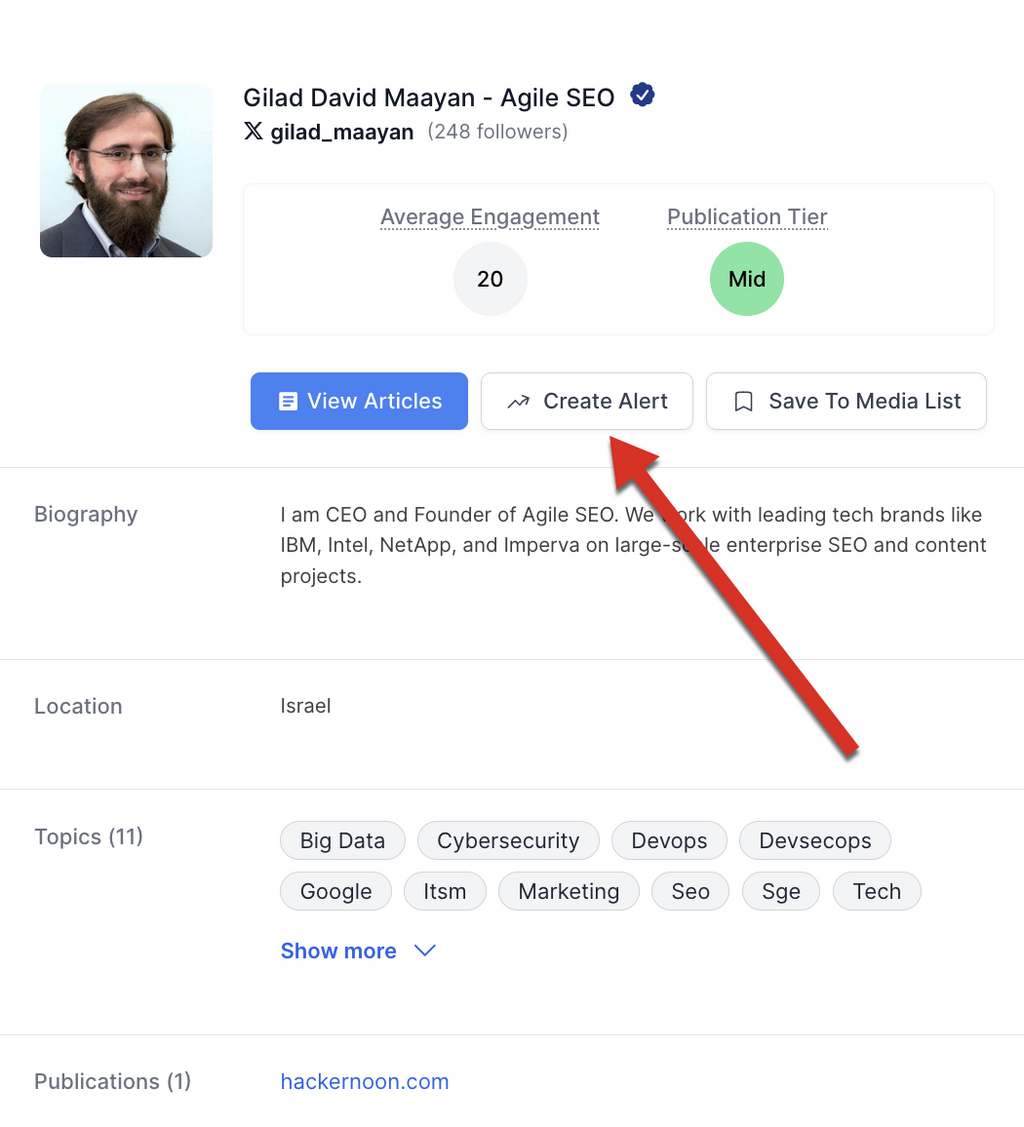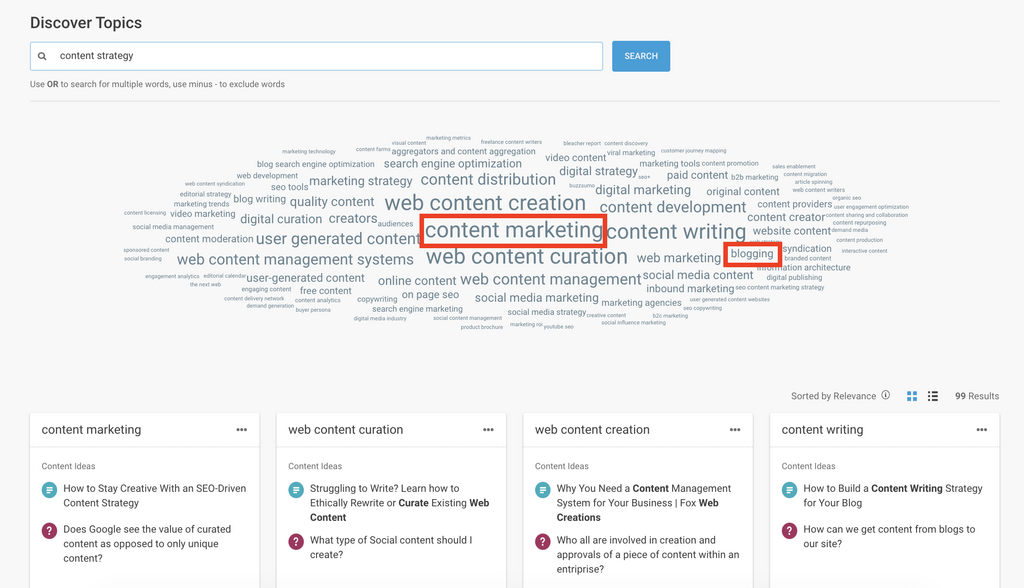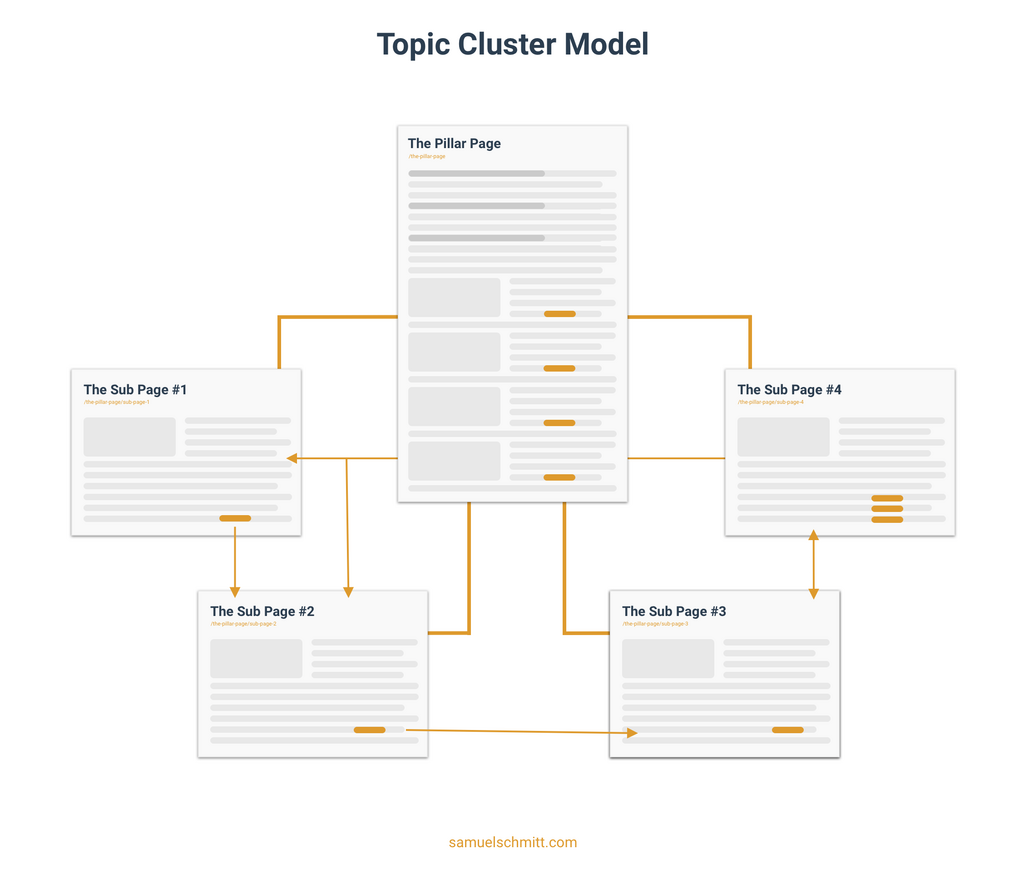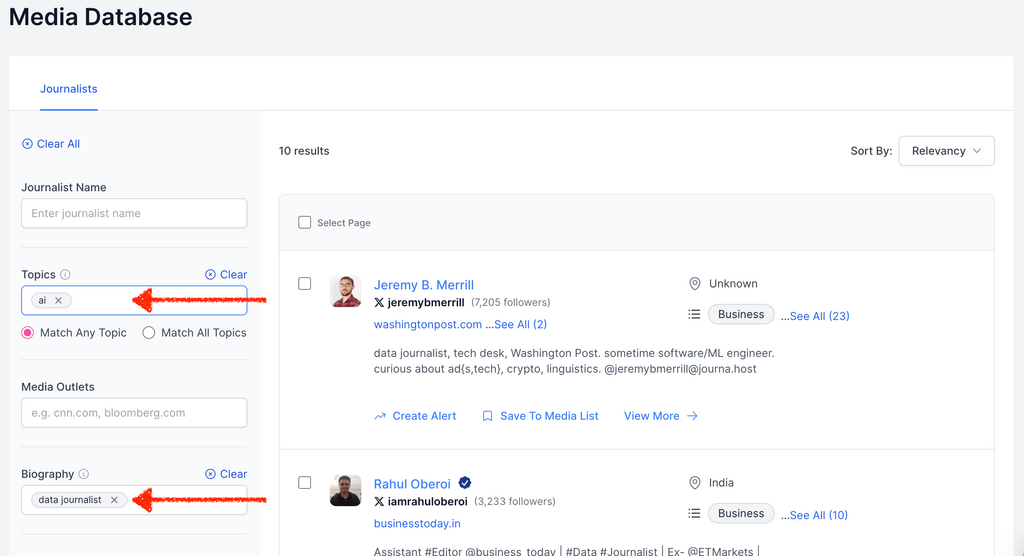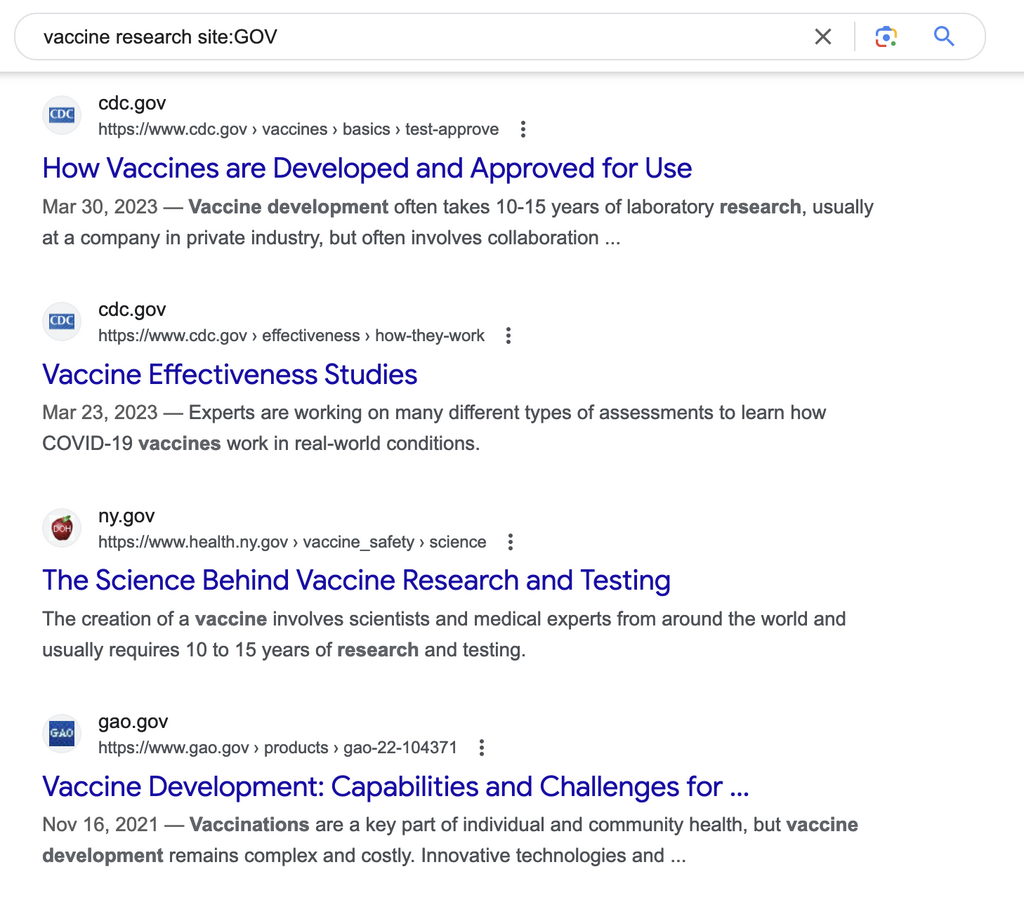Updated November 2nd 2023
How To Align Your Content Planning With Google’s E-E-A-T
Google search has evolved far beyond keyword matching. Is your content strategy behind?
When Google started, its only task was to match a search query to keywords within a web document and return the list of all matches to a user.
This is when a method of “keyword research and optimization” was born.
Surprisingly, that method is still the primary method publishers use in hopes of ranking on Google.
Well, the truth is, Google has moved far beyond that concept.
It no longer simply matches search queries to keywords.
It understands search intent and context, and it understands the concept of “content quality” much better now.
It has been a long path. Teaching a machine to surface “high-quality” content is not easy.
After all, that concept is hardly definable because “quality” varies based on the searcher’s needs.
This is why E-E-A-T was born: Humans manually rated auto-generated search results, teaching the algorithm what "quality" results looked like each time.
What does E-E-A-T mean according to Google?
E-E-A-T stands for “Experience, Expertise, Authoritativeness and Trustworthiness” of a website and content creator (yes, both. This is important to note).
The E-E-A-T concept is discussed in Google’s “Quality Raters’ Guidelines”, an extensive document detailing how human raters should be assessing pages they find through Google search.
- Experience involves first-hand “life” experience related to the topic of the page.
- Expertise component assesses skills and knowledge for the topic
- Authoritativeness refers to whether the site is considered a "go-to" source on the topic.
- Trustworthiness involves accuracy, truthfulness, and lack of bias.
The concept has been around for many years. I first covered it eight years ago. The second “E” for “Experience” was added to the guidelines later on.
How quality raters assess E-E-A-T
- They research the reputation of the website/creator through independent sources like articles, reviews, recommendations from experts, awards, etc.
- They look for first-hand accounts and indicators of expertise.
- They consider whether the page comes from an expert source users can trust for that specific topic.
A website may have high E-E-A-T for one topic but not another.
Here are the key points about E-E-A-T (Expertise, Authoritativeness, Trustworthiness) from the Search Quality Evaluator Guidelines document...
E-E-A-T signals are not the same for everyone
High E-E-A-T is important for topics where inaccurate or misleading information could potentially cause harm (Your-Money-Your-Life or "YMYL" topics).
This includes medical, financial, or safety information.
Here are some examples of site topics that should have higher E-E-A-T (Expertise, Authoritativeness, Trustworthiness):
| I am covering... | What should my page include? |
|---|---|
| Medical, health, and science-related topics | Expertise from sources like doctors, scientists, or scientific publications |
| Financial and legal advice | Professional sources like accountants, lawyers, or official organizations |
| News reporting | Accurate factual information + expertise from experienced journalists |
| Voting, legislation, public policy, etc. | Official government sources |
| Topics related to children | Reliable sources (especially when you include advice on anything related to children) |
| Product reviews | Your first-hand experience with the product + detailed methodology on how you use third-party reviews to rate products |
* Lack of reputation is not evidence of low E-E-A-T. Many small websites and individuals have no reputation information available but can still produce high E-E-A-T content. In these cases, first-hand experience may outweigh lack of author reputation.
How to improve your content's E-E-A-T
There was a time when we were all privy to a bit of keyword stuffing, but gaming Google is something we need to put firmly to bed.
To have a hope of ranking in Google, you need to perfect your content in accordance with the Google E-E-A-T formula.
Content planning should be defined by getting into the minds of our customers; thinking about the questions they want answered, and the intent behind their search.
But how do you make the jump from writing for search engines, to writing for customers?
1. Learn from quality content
Shares and engagement
One way you can learn from quality content is by using the BuzzSumo Content Analyzer to understand which content is most engaged with across the web, globally.
Let’s say you were looking to build your profile as an expert in "Social Media Marketing".
You can simply enter that phrase into the Content Analyzer, and take learnings from the most successful headlines.
Links
Sort by top-linked content, to examine the articles that are most likely to be referenced.
Evergreen visibility
Prioritize by evergreen score to see which content receives the highest number of social engagements over a sustained amount of time, after being published.
Rankings
Head to BuzzSumo’s Keyword Tool for a view of the top-ranking content in the SERPs for your topic.
Take learnings from all the above articles to feed into your next piece of content.
2. Build up your authority
Google encourages its raters to search for the author of the page and try to identify how much of a topical authority they may be.
Again, “expertise” and “authoritativeness” are not always a requirement for good ratings, but it is definitely always a bonus.
Building up a niche authority takes time and effort, but it comes with long-term benefits, better rankings of associated content being one of them.
There’s no single method to become a niche authority but the combination of several (the more the better) tactics will get you there if you maintain consistency.
How to become an authority on your niche
- Contribute to established publications in your niche
- Write an ebook and publish it on Amazon
- Create original research and studies
- Set up a video course on platforms, like Udemy
- Become active on social media networks and build up your following and engagements
- Participate in niche communities and be helpful
- Apply to speak at niche conferences or virtual events
- Create a detailed and impressive “About me” page (here are a few templates)
- Get listed in “Top experts” lists in your niche. This is also good for co-citation because it places you next to known experts/entities.
- Get interviewed!
You can find which publications feature interviews and podcasts on the topic of yout expertise using “Advanced filters” within BuzzSumo’s Content Analyzer:
Additionally, you can monitor other established authorities in your niche to learn from:
Make it easier for Google to connect your brand and authorship around the web by using Organization and Author schema.
Here’s a handy Organization Schema generator, and here’s how to provide Google with more information on who is behind each article on your site.
You can also consolidate your multiple channels and columns using platforms like Beacons ai which allows you to create a single branded page listing all you do.
In all of your bylines and social media bios make sure to mention:
- Why you can be considered an expert on a topic
- How many years of experience you have in the niche
- Which brands (businesses, publications, conferences, etc.) you have a relation to (whether it is writing for, working with, speaking at, etc.) These types of associations are gold.
3. Think topics over keywords
As Google is now concerned with topics and entities over singular keywords, you’d be wise to consider a topic-centric approach to your content planning and creation.
Focusing your content strategy around topic clusters behind keywords basically means identifying main topics (pillar content) and supporting content that links to your pillar page.
To find out which topics to prioritize in your content planning, you can turn to the BuzzSumo Topics Explorer tool, and enter a relevant keyword, for an insight into thousands of the most popular associated topics.
This will give you a better understanding of the content your customers really want to read and will make your content favorable in the eyes of Google.
In the example below, you might want to create a piece of ‘Pillar content’ around the topic ‘Content marketing’ and a subsequent ‘Cluster content’ article on ‘Blogging’.
For more on topic and cluster content, read about how SEO expert, Samuel Schmitt, boosted his website traffic by a full 1,000% using this model.
4. Create a satisfying amount of content
When it comes to content length and E-E-A-T, Google says it wants to see a “Satisfying amount” of content, but what this actually means depends entirely on the intent behind the search, and the topic or purpose of the page.
You can assess just exactly how much copy you would need to create for your content to be a success, by entering your specific topic into the BuzzSumo Content Analysis report, and heading to the "Average engagement by content length" chart.
This shows you the engagement of thousands of articles broken down by the word count, to help you understand the optimum length you content should be.
For example, analyzing 26,000 of the most popular "Social Media Marketing" articles across the web, reveals an optimum length of between 3-10k words, so creating a thorough guide would work well for this topic.
5. It’s all about who you know
Rankings are now hugely influenced by your E-E-A-T score. Google employs 10,000+ quality raters to manually grade your content on its quality.
The results of this audit then get fed back into its self-learning algorithm.
Who you, your brand and your content are associated with is key to how your content is ranked.
Connections are everything. And by that, we don't just mean links.
Building real relationships is critical to your content performance.
You want to start by discovering the most credible authors and publications to promote your content.
BuzzSumo research and outreach tool, the Journalist Database, can help you find authoritative voices writing the most engaging content in your niche.
Just head to the Media Databse, type in your topic, and search for the most influential journalists in your niche.
Then click on a profile and get to know what the journalist writes about and shares, before pitching your story or collaboration idea.
Give them first dibs on exclusive content, pitch your most relevant and compelling insights, and most importantly, make friends #MatesFirstLinksLater
Building ongoing relationships with authoritative voices that have the power to push your content further, will be a huge E-E-A-T signal to Google that you're also an authority on your subject matter.
Even if no links are exchanged, Google will be able to semantically understand if your brand, as an entity in its own right, is referenced regularly alongside other influential "entities" ie. brands or people.
6. Provide trusted sources
Citing your sources is important for Google to evaluate how well-researched, trustworthy and unbiased your content is.
Linking out may drive some people away from your site but it also shows that you really care about giving your site visitors diverse and trusted information to research further, especially if you cover topics with stricter E-E-A-T demands (like health, finance and news).
Make it a good habit to include a variety of sources in your content.
Prioritize official sources of any data or recommendations you provide.
For example, if you are covering vaccine-related news, seek official sources by using SITE:GOV advanced search in Google:
This will be a signal to Google that you take official sources into account.
What else can you do to optimize for E-E-A-T in Google?
In short, a whole lot, but a logical first step would be to assess your current content strategy and ask yourself “Where I can do better?”
Google’s intelligence is growing through AI and machine learning, and will begin to understand content almost as well as a human would.
It therefore makes sense that as SEOs and Content Marketers, we need to be creating content for our customers – not ticking boxes for search engines of a bygone era!
Start making your E-E-A-T friendly content with a free trial of BuzzSumo. You can test-drive it free for 30-days – no credit card required!
Categories
SEOCategories
SEOThe Monthly Buzz⚡
Subscribe to BuzzSumo's monthly newsletter to:
Stay up-to-date with the best of the best in content marketing 📝
Get data-informed content, tips and tidbits insights first 👩🏻💻
Read top shared content by top marketing geeks 🤓
Try
Enter any topic, term or url to search to see BuzzSumo in action. It’s free!
100% free. No credit card required.





